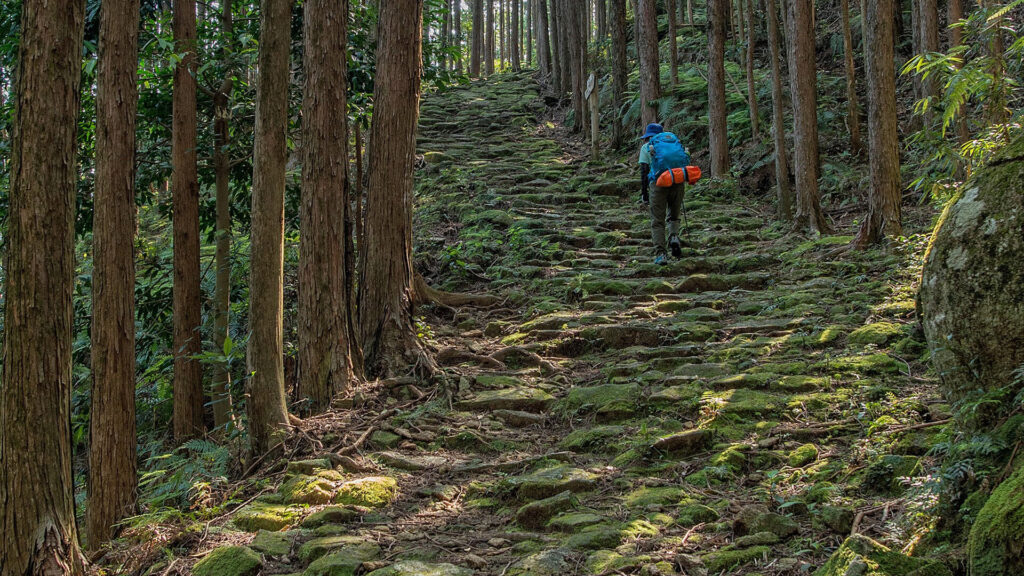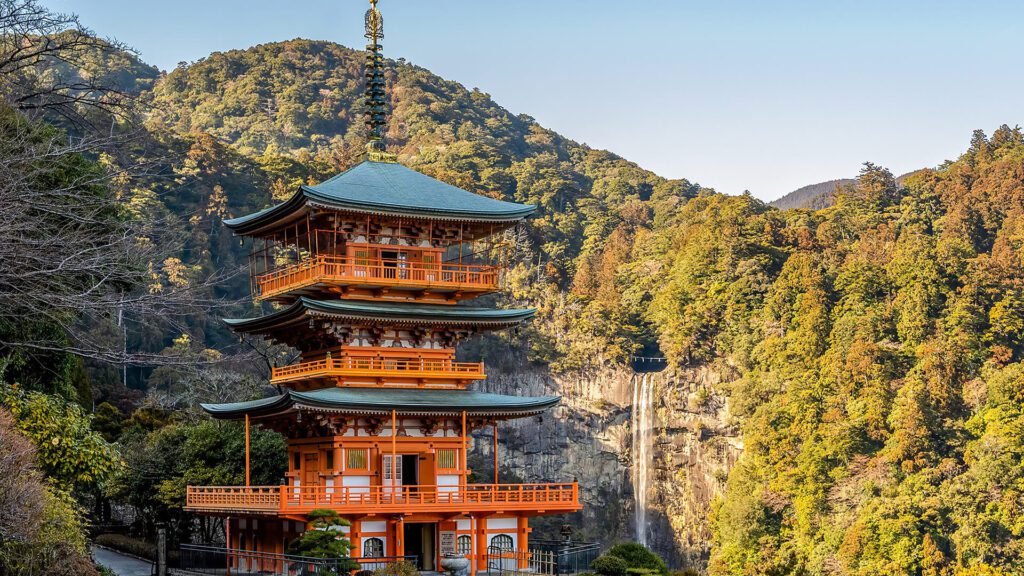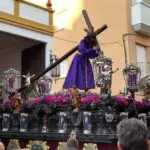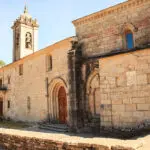The Kumano Kodo, a network of ancient pilgrimage routes in Japan, offers a deeply spiritual experience. This revered trail winds through the verdant Kii Mountains, connecting quaint villages to the revered ‘Grand Shrines of Kumano’: Hongu, Nachi, and Hatayama. These sacred sites have attracted pilgrims for centuries, making the Kumano Kodo a journey not just through breathtakingly beautiful natural landscapes, but through Japan’s fascinating history and unique spiritual traditions.
We hope you find the following blog informative. Please be sure to check out our Japan Walking Tours before you go.

The Kumano Kodo, a network of ancient pilgrimage routes in Japan, offers a deeply spiritual experience. This revered trail winds through the verdant Kii Mountains, connecting quaint villages to the revered ‘Grand Shrines of Kumano’: Hongu, Nachi, and Hatayama. These sacred sites have attracted pilgrims for centuries, making the Kumano Kodo a journey not just through breathtakingly beautiful natural landscapes, but through Japan’s fascinating history and unique spiritual traditions.
We hope you find the following blog informative. Please be sure to check out our Japan Walking Tours before you go.
The Spiritual Significance of Kumano Kodo
At the core of these majestic mountains lies Kumano, a place steeped in mythology and revered as the gateway to Yomi, the ‘other world’ of spirits in Japanese lore. This profound spiritual significance adds an ethereal dimension to every step taken on the trail, inviting pilgrims to connect with a deeper sense of self and the mysteries of the ancient past.
Onsen Culture: Yunomine and Kawayu
A highlight of the Kumano Kodo experience is the opportunity to unwind in Japan’s oldest natural hot-spring villages. Yunomine Onsen and Kawayu Onsen are renowned for their therapeutic waters, bubbling from the earth and merging with the pristine rivers. Here, you can engage in cultural activities such as washi paper-making, join an ascetic monk for a contemplative walk, embark on a serene riverboat journey, or delve into the tranquility of zazen meditation.
Navigating the Trail: Shrines, Pathways, and Hospitality
The Kumano Kodo is meticulously maintained, featuring clear signage in both English and Japanese to guide pilgrims along their journey. The trail meanders past several Oji shrines, each marking a significant spiritual spot and offering a space for reflection and reverence. In certain areas, flagstones pave the way, easing the climb and connecting modern-day pilgrims with the countless souls who have traversed these paths before.
After a day of exploration, the welcoming Minshuku guesthouses offer a haven of hospitality. These family-run accommodations provide a chance to experience authentic Japanese hospitality, savor traditional cuisine, and, of course, rejuvenate in a hot spring bath, a ritual that perfectly concludes a long day of walking and reflection.

The Dual Pilgrim Certificate: A Symbol of Achievement
For those who have embarked on the spiritual trails of both the Camino de Santiago and the Kumano Kodo, the journey culminates in a unique honor. Pilgrims can receive a dual certificate in Hongu, celebrating their completion of both paths and symbolizing the deep, intercultural connection between these two revered pilgrimages.
A Journey for the Body, Mind, and Soul…
The Kumano Kodo encompasses physical endurance, cultural immersion, and spiritual exploration. Each step along the ancient trails is a step deeper into the heart of Japanese tradition, nature’s splendor, and one’s own internal landscape.
Whether you seek tranquility, cultural enrichment, or a challenging hike, the Kumano Kodo offers a path that leads not just across mountains and villages, but into the depths of history, mythology, and personal discovery.
If you have any questions, please contact us.








